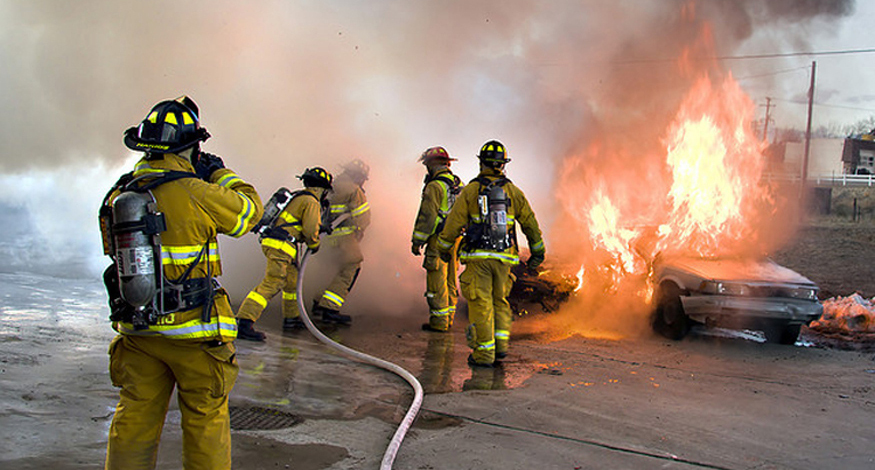12 Fluid Dynamics and Its Biological and Medical Applications
84 Introduction to Fluid Dynamics and Its Biological and Medical Applications
class=”introduction”
class=”section-summary” title=”Section Summary”class=”conceptual-questions” title=”Conceptual Questions”class=”problems-exercises” title=”Problems & Exercises”

We have dealt with many situations in which fluids are static. But by their very definition, fluids flow. Examples come easily—a column of smoke rises from a camp fire, water streams from a fire hose, blood courses through your veins. Why does rising smoke curl and twist? How does a nozzle increase the speed of water emerging from a hose? How does the body regulate blood flow? The physics of fluids in motion—fluid dynamics—allows us to answer these and many other questions.
Glossary
- fluid dynamics
- the physics of fluids in motion
